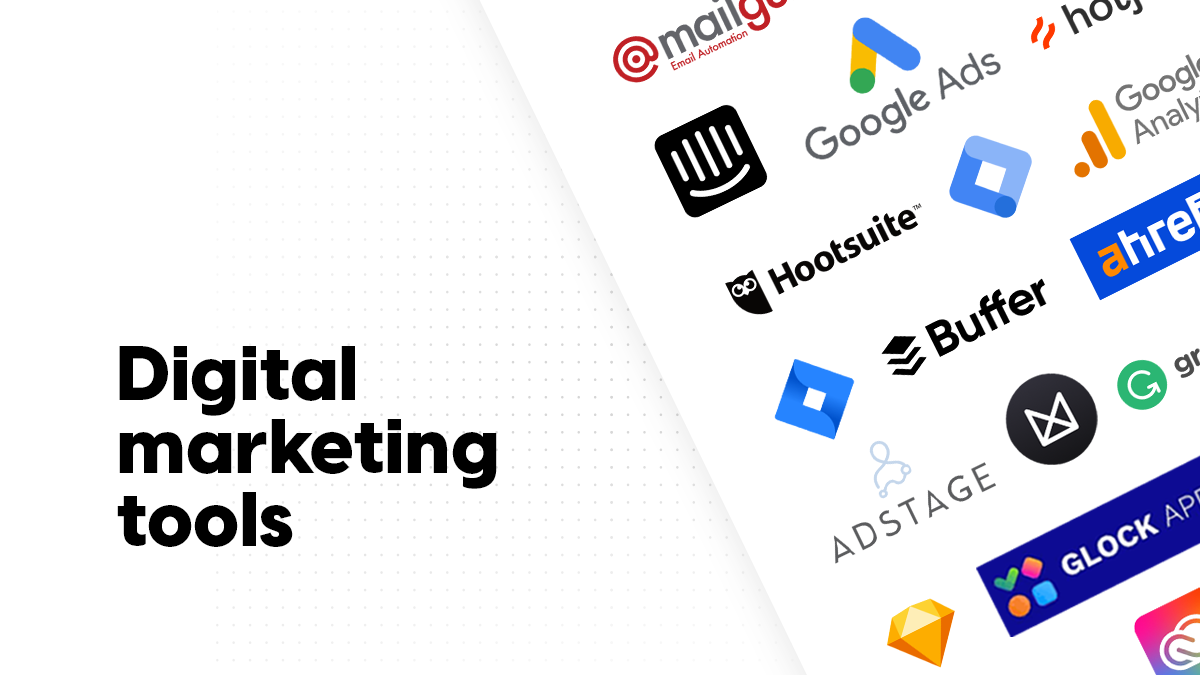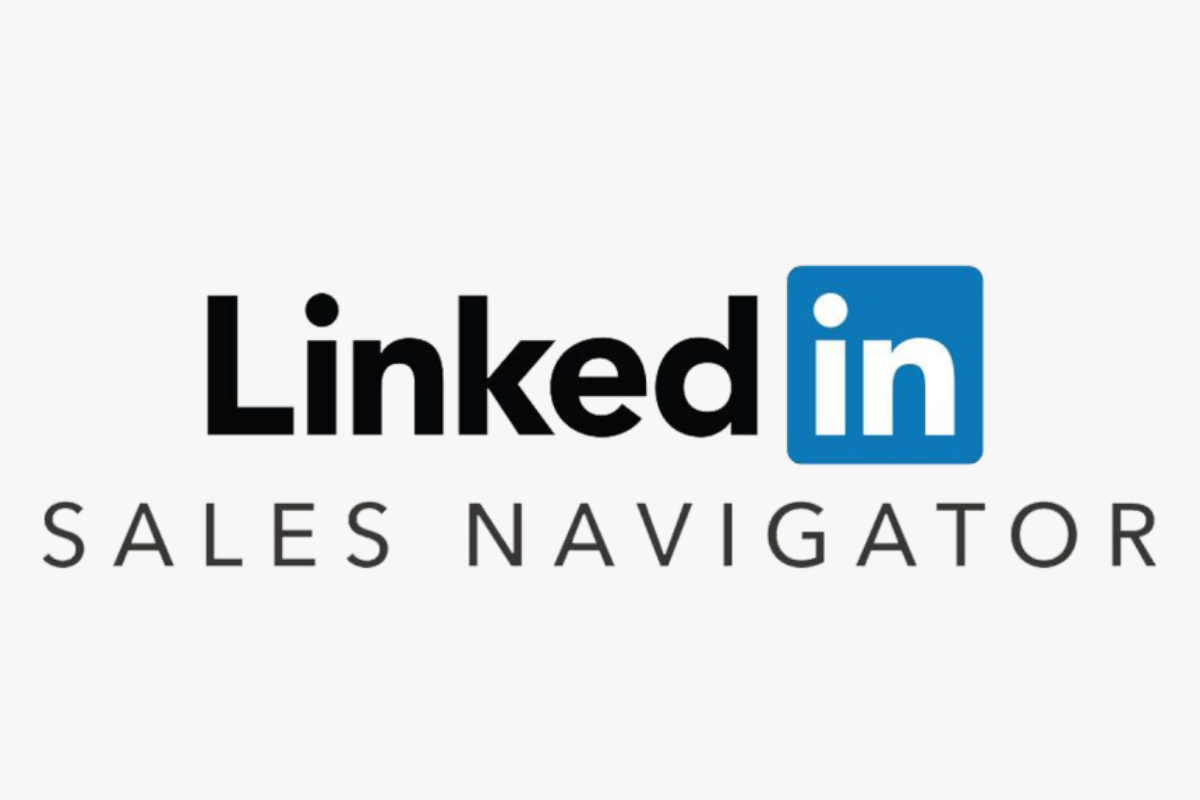Social Media Marketing Strategies for Dentists
Looking to boost your dental practice’s online presence? Discover effective social media marketing strategies for dentists to attract and engage patients. Learn how to optimize your social media profiles, create engaging content, utilize paid advertising, and build a loyal patient community. Get expert tips on leveraging social media to grow your dental practice and drive success in the digital world.

Introduction:
Importance of social media marketing for dentists: In today’s digital era, social media has become a powerful tool for businesses, including dental practices. Social media marketing can help dentists enhance their online presence, reach a wider audience, and engage with potential and existing patients. It allows dentists to showcase their expertise, build trust, and establish themselves as reputable professionals in the dental industry.
Overview of how social media can benefit dental practices: Social media offers numerous benefits to dental practices. It provides a platform for dentists to connect with patients, share valuable information, educate patients about oral health, and offer dental tips. Social media can also be used to promote dental services, highlight special offers, and generate appointments. It can foster patient engagement, loyalty, and referrals, leading to increased patient retention and practice growth. Additionally, social media enables dentists to gain insights into patient preferences, feedback, and trends, which can inform marketing strategies and business decisions.
Optimizing Social Media Profiles:
Creating a professional and compelling profile: The first step in social media marketing for dentists is to create a professional and compelling profile on the chosen social media platforms. This includes choosing a profile name that reflects the dental practice, using a high-quality profile picture that showcases the practice’s logo or a professional headshot, and crafting a concise and engaging bio that clearly communicates the practice’s value proposition. It’s important to ensure that the profile information is accurate, up-to-date, and consistent across all social media platforms.
Selecting the right social media platforms: Not all social media platforms are created equal, and it’s crucial for dentists to select the right platforms that align with their target audience and marketing goals. For example, platforms like Facebook and Instagram may be more suitable for engaging with patients and sharing visual content, while platforms like LinkedIn may be more effective for professional networking and referral generation. It’s important to conduct research and understand the demographics, preferences, and behaviors of the practice’s target audience to choose the most relevant social media platforms for maximum impact.
Optimizing profile information and visuals: The profile information and visuals on social media platforms should be optimized to attract and engage patients. This includes using relevant keywords in the profile description and utilizing search engine optimization (SEO) techniques to improve the practice’s visibility in search results. Visuals such as profile pictures, cover photos, and other images should be high-quality, visually appealing, and relevant to the dental practice. Consistent branding, such as using the practice’s logo and colors, should be maintained across all social media platforms to create a cohesive and recognizable brand image. Optimizing profile information and visuals helps in creating a professional and attractive social media presence that captures the attention of potential patients and encourages them to engage with the dental practice.
Creating Engaging Content:
Identifying target audience and content goals: The first step in creating engaging content for social media marketing is to identify the target audience and define content goals. Dentists should have a clear understanding of their ideal patients and their preferences, needs, and pain points. This knowledge helps in tailoring content that resonates with the target audience and provides value to them. Content goals should be specific, measurable, and aligned with the overall marketing objectives of the dental practice, such as increasing brand awareness, driving website traffic, or generating leads.
Developing a content strategy: Once the target audience and content goals are identified, dentists need to develop a comprehensive content strategy. This includes defining the content themes, topics, and formats that will be used to engage the audience. The content strategy should align with the practice’s brand identity and tone of voice, and take into account the preferences and behaviors of the target audience. A well-planned content strategy helps in creating a consistent and cohesive content approach that resonates with the audience and reinforces the practice’s brand positioning.
Creating engaging and relevant content for dental patients: Creating engaging and relevant content is the key to capturing the attention of the audience and driving engagement on social media. The content should be informative, educational, and valuable to the target audience. It should address their pain points, provide solutions, and offer insights related to dental health and oral care. The content should be presented in an engaging and visually appealing manner, with a mix of text, images, videos, infographics, and other formats that are suitable for the social media platforms being used.
Utilizing various types of content (e.g. images, videos, infographics): Variety in content formats helps in keeping the audience engaged and interested. Dentists can utilize various types of content, such as images, videos, infographics, polls, quizzes, testimonials, and stories, to create a diverse and engaging content mix. Images and videos can showcase dental treatments, patient testimonials, behind-the-scenes glimpses of the practice, and oral health tips. Infographics can provide visually appealing and shareable information about dental procedures, oral hygiene, and other relevant topics. Utilizing different types of content helps in catering to the preferences and behaviors of the target audience and keeps the social media content fresh and interesting.
By identifying the target audience, developing a content strategy, creating engaging and relevant content, and utilizing various content formats, dentists can create an effective social media content plan that drives engagement, fosters patient relationships, and supports the overall marketing goals of the dental practice.
Leveraging Paid Advertising:
Understanding paid advertising options on social media platforms: Social media platforms offer a range of paid advertising options that dentists can leverage to reach a wider audience and promote their dental practice. These options may include sponsored posts, paid ads, boosted posts, and other forms of paid promotion. It’s important for dentists to understand the paid advertising options available on each social media platform, including the targeting capabilities, ad formats, and budgeting options. This understanding helps in making informed decisions about which paid advertising options are best suited for the dental practice’s marketing objectives and target audience.
Creating effective ad campaigns targeting dental patients: Creating effective ad campaigns requires careful planning and execution. Dentists should define their campaign objectives, target audience, and messaging before setting up the ads. The ad creatives, including images, videos, and ad copy, should be designed to capture the attention of dental patients and communicate the value proposition of the practice. Dentists should also make use of the targeting capabilities offered by social media platforms to narrow down their audience based on demographics, interests, behaviors, and location. This helps in reaching a highly relevant audience that is more likely to convert into patients.
Monitoring and optimizing ad performance: Once the ad campaigns are live, it’s important to monitor their performance and optimize them for better results. Dentists should regularly review the key performance indicators (KPIs) of their ad campaigns, such as click-through rates (CTR), conversion rates, and return on ad spend (ROAS). Based on the performance data, dentists can make data-driven decisions to optimize their ad campaigns, such as adjusting ad targeting, ad creatives, or budget allocation. Regular monitoring and optimization help in maximizing the effectiveness and efficiency of the paid advertising efforts and achieving better results for the dental practice.
Paid advertising on social media platforms can be a powerful tool for dentists to reach a wider audience, drive traffic to their website, generate leads, and promote their dental practice. By understanding the paid advertising options, creating effective ad campaigns, and monitoring and optimizing ad performance, dentists can leverage paid advertising to support their social media marketing strategies and achieve their marketing goals.
Building a Loyal Patient Community:
Encouraging patient engagement and interaction: Dentists can foster a loyal patient community on social media by actively encouraging patient engagement and interaction. This can be done through various means, such as posting engaging content that encourages comments, asking questions to initiate conversations, and creating polls or surveys to encourage patient participation. Dentists should also respond to patient comments, questions, and messages in a timely and personalized manner to show that they value patient engagement and are committed to building a relationship with their patients.
Responding to patient inquiries and comments: Promptly responding to patient inquiries and comments on social media is crucial for building patient trust and loyalty. Dentists should regularly monitor their social media accounts for patient inquiries and comments, and respond to them in a helpful and professional manner. This can include answering questions about dental procedures, providing information about the practice, and addressing any concerns or complaints that patients may have. Timely and responsive communication demonstrates excellent patient service and fosters a positive patient experience.
Encouraging patient reviews and testimonials: Positive patient reviews and testimonials on social media can significantly impact the reputation of a dental practice and attract more patients. Dentists can encourage patients to leave reviews or testimonials on their social media profiles by politely requesting them after a successful dental visit. Dentists can also showcase patient testimonials on their social media accounts, with proper patient consent, to highlight the positive experiences of their patients and build trust with their audience. Positive patient reviews and testimonials serve as social proof and can contribute to building a loyal patient community.
Cultivating a loyal patient community on social media: Dentists can cultivate a loyal patient community on social media by consistently engaging with patients, building relationships, and providing value-added content. This can include sharing informative and educational content related to oral health, dental care tips, and updates about the practice. Dentists can also create exclusive offers or promotions for their social media followers as a way of rewarding their loyalty. By consistently engaging and providing value to their patients on social media, dentists can cultivate a sense of community and foster patient loyalty.
Building a loyal patient community on social media requires active engagement, responsiveness, and a focus on providing value to patients. By encouraging patient engagement and interaction, responding to patient inquiries and comments, encouraging patient reviews and testimonials, and cultivating a loyal patient community on social media, dentists can establish a strong patient base and foster long-term patient loyalty.
Monitoring and Analyzing Social Media Performance:
Using social media analytics tools: Dentists can leverage various social media analytics tools, such as Google Analytics, Facebook Insights, and Twitter Analytics, to track and measure the performance of their social media marketing efforts. These tools provide valuable insights into the performance of social media campaigns, including metrics such as engagement rates, reach, impressions, click-through rates, and more. Dentists can use these analytics tools to gain a deeper understanding of how their social media strategies are performing and make data-driven decisions to optimize their efforts.
Tracking key performance metrics: Dentists should identify and track key performance metrics that align with their social media marketing goals. These metrics may include engagement rates (e.g., likes, comments, shares), reach (i.e., the number of unique users who saw a post), impressions (i.e., the total number of times a post was shown), click-through rates (CTR), conversion rates (e.g., appointment bookings, inquiries), and more. By regularly tracking these metrics, dentists can assess the effectiveness of their social media marketing strategies and make informed adjustments to optimize their performance.
Analyzing data to improve social media marketing strategies: Data analysis is a crucial step in improving social media marketing strategies for dentists. By analyzing the data collected from social media analytics tools and performance metrics, dentists can gain insights into what’s working and what’s not. They can identify trends, patterns, and opportunities for improvement. For example, if a particular type of content is performing well in terms of engagement and reach, dentists can create more similar content to capitalize on its success. On the other hand, if a certain social media platform is not delivering the desired results, dentists may need to reevaluate their strategy for that platform or focus more on platforms that are generating better outcomes. Data analysis helps dentists make data-driven decisions and continuously optimize their social media marketing strategies for better results.
Monitoring and analyzing social media performance allows dentists to track the effectiveness of their social media marketing efforts, identify areas for improvement, and make data-driven decisions to optimize their strategies. By using social media analytics tools, tracking key performance metrics, and analyzing data, dentists can continuously refine their social media marketing strategies and achieve better outcomes in reaching their social media marketing goals.
Compliance with Dental Regulations:
Understanding dental regulations and guidelines for social media marketing: Dentists need to be aware of the dental regulations and guidelines that govern social media marketing in their specific region or country. These regulations may vary and could include rules related to advertising, patient testimonials, claims, and other aspects of dental practice. Dentists should familiarize themselves with these regulations and ensure that their social media marketing strategies align with them to avoid any potential legal or ethical issues.
Ensuring compliance with HIPAA regulations and patient privacy: Dentists must comply with the Health Insurance Portability and Accountability Act (HIPAA) regulations, which protect the privacy and security of patients’ health information. When using social media for marketing purposes, dentists should be mindful of not sharing any patient information, including photos, videos, or testimonials, without obtaining proper consent from patients. Dentists should also ensure that their social media profiles, posts, and interactions do not violate HIPAA regulations or compromise patient privacy in any way.
Avoiding misleading or unethical practices: Dentists should maintain ethical standards when using social media for marketing purposes. They should avoid making misleading claims or promises that may create false expectations among patients. Dentists should provide accurate and truthful information in their social media content and avoid using exaggerated language or deceptive tactics to attract patients. It’s essential to maintain transparency, honesty, and integrity in social media marketing efforts to build trust with patients and avoid any potential legal or ethical issues.
Compliance with dental regulations is crucial to ensure that dentists’ social media marketing strategies are in line with legal requirements and ethical standards. By understanding dental regulations and guidelines, ensuring compliance with HIPAA regulations, and avoiding misleading or unethical practices, dentists can protect their practice’s reputation, build trust with patients, and avoid any potential legal or ethical repercussions.
Conclusion:
In conclusion, social media marketing can be a powerful tool for dentists to promote their dental practices and connect with patients. By implementing effective social media marketing strategies, dentists can improve their online presence, engage with their target audience, and ultimately boost their dental practice success.
To recap, key social media marketing strategies for dentists include optimizing social media profiles with professional and compelling content, creating engaging content that resonates with dental patients, leveraging paid advertising to expand reach, building a loyal patient community through patient engagement and reviews, and monitoring and analyzing social media performance using analytics tools.
However, it’s not just about setting up social media profiles and posting content; ongoing monitoring and optimization are crucial. Regularly analyzing social media performance data and making necessary adjustments to the strategies can help dentists refine their approach, understand what works best for their practice, and make data-driven decisions to improve their social media marketing efforts.
As a trusted partner in social media marketing for dentists, Rewokers Advertising understands the unique needs of dental practices and can help optimize social media strategies for maximum impact. Our team of experts can provide tailored solutions to create compelling content, manage ad campaigns, monitor performance, and ensure compliance with dental regulations, all while helping dental practices achieve their marketing goals.
Don’t miss out on the potential of social media marketing for your dental practice. Implementing effective strategies and leveraging the power of social media can greatly contribute to your practice’s success. Partner with Rewokers Advertising and let us help you take your social media marketing to the next level. Contact us today to get started!

























